WRITING ABOUT WILDLIFE in the West can feel, at times, like writing an extended obituary for species headed to hospice. Much of the West Coast banned ocean fishing for king salmon this season because of low stocks. Mule deer numbers suffer from drought and fragmented range. Pronghorn are dropping dead from deep snow and disease. Whitebark pine—a main food source for grizzly bears—just landed on the endangered species list.
Released in mid-March, the newest report from the Intergovernmental Panel on Climate Change says wildlife struggles will only continue, and could worsen, if we don’t take more action. Of the planet’s roughly 8 million species, scientists estimate at least 15,000 are currently threatened with extinction.
But even with that picture, it’s not actually all doom and gloom. The planet will continue spinning, many of us will continue wandering over it, and even some of our most beloved wild game species will likely, at least in the near term, be OK. Some may even do well.
Exactly how well, or how badly, is one of the toughest ecological questions to answer right now, says Matthew Kauffman, leader of the U.S. Geological Survey Cooperative Fish and Wildlife Research Unit at the University of Wyoming.
“It’s been really hard for researchers to pinpoint the effects of climate change because environmental variability in general is hard to really quantify,” he says. And finding those answers requires long-term studies that show how wildlife responds to droughts, hard winters, floods, fires, and other big changes.
Which animals survive will also likely vary from one place to another. Black bears in Arkansas, for instance, may well have a very different future than black bears in New Mexico. But one thing is for certain, according to researchers: No matter what happens with climate change, if wildlife doesn’t have habitat to survive—if we’ve fenced across, drained, ditched, subdivided, and developed all our lands and waters—many of the planet’s wild critters won’t survive regardless of whether we curb carbon emissions or not.
So what does this mean for the animals we hunt and fish? The ones we rely on for our food and lifestyle? Which ones are most likely to survive and adapt or go the way of the dodo? We break down the latest research and best guesses about the species you care about most.
Mule Deer
Outlook: Declining
Mule deer across the West aren’t doing well. Herds are languishing well below historic highs in states like Wyoming, Colorado, and California. Their winter and transition ranges are being drilled, roaded, fenced, and subdivided. Invasive species like cheatgrass are outcompeting more nutrient-rich food and creating bigger, more frequent fires. Add in drought and diseases like chronic wasting disease, and researchers are more than a little worried about their future.
Climate change, unfortunately, is yet one more challenge, says Kauffman. Drier summers lead to shorter growing seasons, which leads to less food available for deer.
“The big unknown here is what is going to happen with winter conditions,” Kauffman says, adding that even heavy-snow winters like the one portions of the West are experiencing right now won’t likely be enough to make up for less food in the summers.
But Kaufmann also says it’s not too late for mule deer, at least not in the near term.
“There’s an idea out there [called] the ‘portfolio effect,’ like the stock market,” he says. “You want to have your funds in a lot of accounts because you don’t know which ones will win or lose.”
Many mule deer migrate long distances to take advantage of what researchers call the “green wave” of plants growing in the spring and summer. Some mule deer migrate shorter distances and others don’t migrate at all. Maintaining those connected corridors may be their best hope for a sustainable future in a changing world.
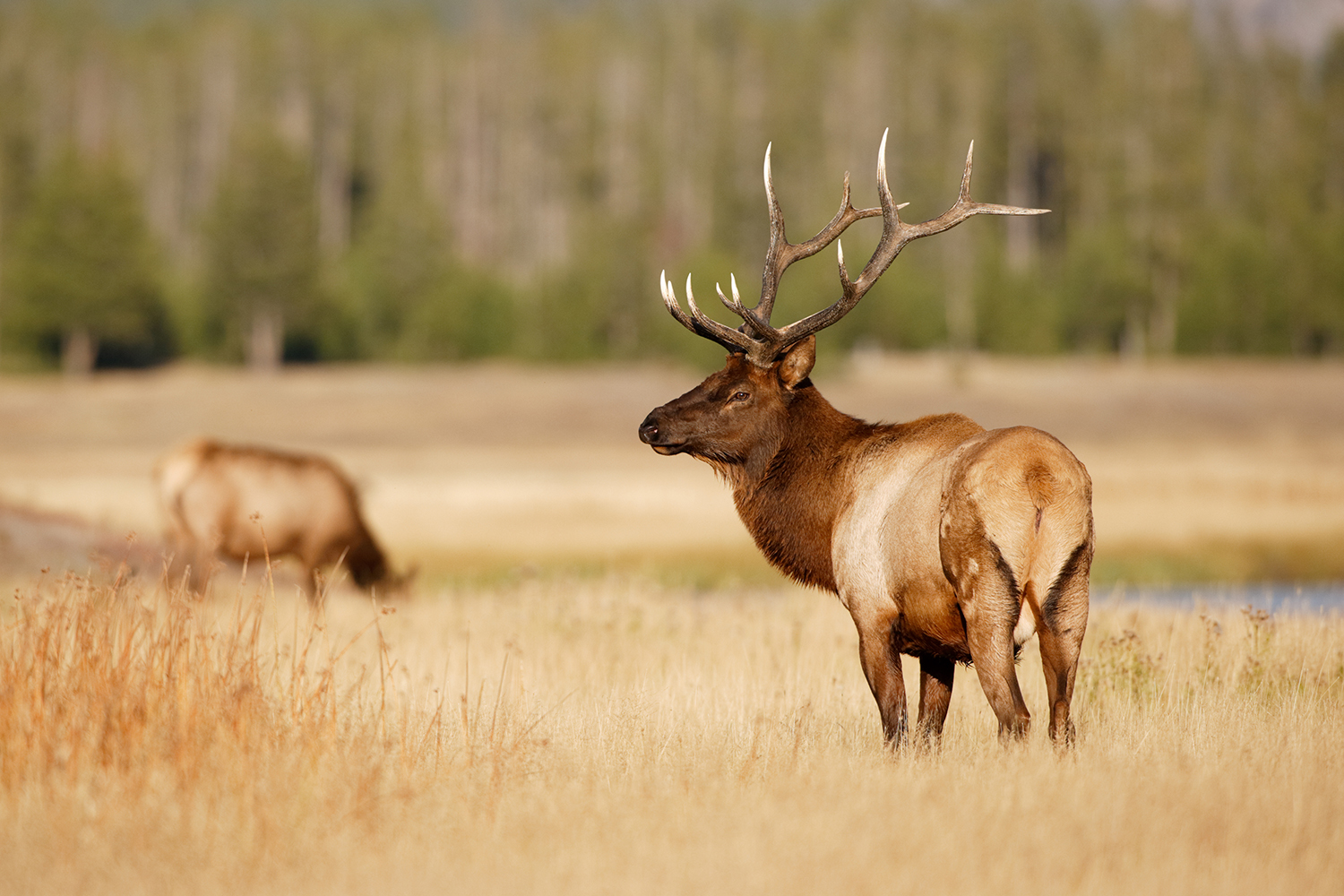
Elk
Outlook: Stable for now
Even as some of the West’s most iconic mule deer herds are suffering, North America’s elk are thriving. Most populations in states like Wyoming exceed the herd target numbers. Colorado has more than 280,000 elk, and Montana has more than 140,000 which, according to Montana Fish, Wildlife and Parks, is over the state’s objective too. Even reintroduced elk populations in the eastern U.S. are thriving.
Why? Largely because of their adaptability, says Bob Lanka, president-elect of The Wildlife Society. Elk can eat—and process—a wide variety of foods. Their big bodies also help them weather bad winters better than mule deer or pronghorn.
But they’re not out of the woods when it comes to climate change, Kauffman cautions. As varied as their gut biome may be, which allows them to eat anything from grass to shrubs, they will also be susceptible to the same drought and poor growing conditions as mule deer and pronghorn. A 2013 study near Yellowstone National Park showed that when food is limited by drought, elk don’t reproduce as frequently. They may hang in longer than mule deer or pronghorn, but if the West continues to warm up and dry out, even elk won’t escape the negative impacts.
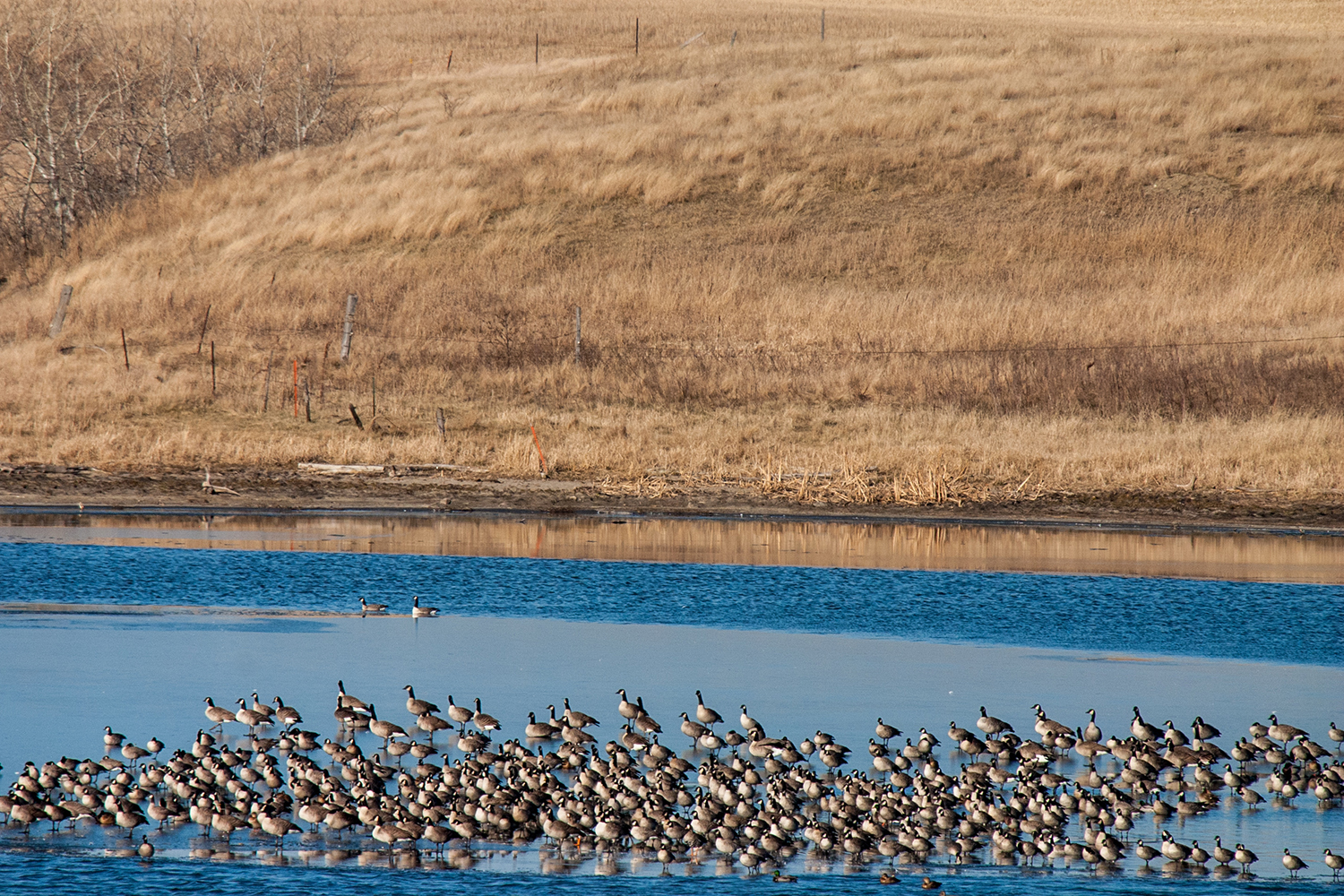
Waterfowl
Outlook: Stable for now
Ducks and geese need water, and right now, many of them have just what they need. In fact, the 2022 State of the Birds Report by the North American Bird Conservation Initiative showed that “birds are declining overall in every habitat except wetlands.” That means waterfowl are, for now, in pretty good shape.
But the future of ducks and geese is still in peril. So much so, in fact, that the country’s largest waterfowl advocacy group is raising the alarm.
According to the Ducks Unlimited website, “Most major waterfowl habitats in North America face potentially significant, detrimental impacts from the effects of climate change.”
The Prairie Pothole Region and Western boreal forests, where much of the nation’s migratory waterfowl breeds, could face drought and other unpredictable weather cycles that will hurt or even stop reproduction.
Sea level rises threaten wintering grounds on coastal marshes. California’s Central Valley, where Pacific Flyway birds overwinter, could continue to dry.
Even snow geese, one of North America’s most abundant waterfowl, could see its breeding range cut by 53 percent if temperatures rise by 1.5 degrees C; by 73 percent with a 2 degree change, and up to 97 percent with a 3 degree change, according to the American Bird Conservancy.
But this isn’t a foregone conclusion. As with many other species, habitat work and wetlands restoration can help soften these blows.
And there are always Canada geese.
“If you want a species that will probably be OK, it is Canada geese,” says Joe Genzel, communications coordinator for DU’s Great Lakes and Atlantic region. “They really are the most adaptive species out of all waterfowl.”
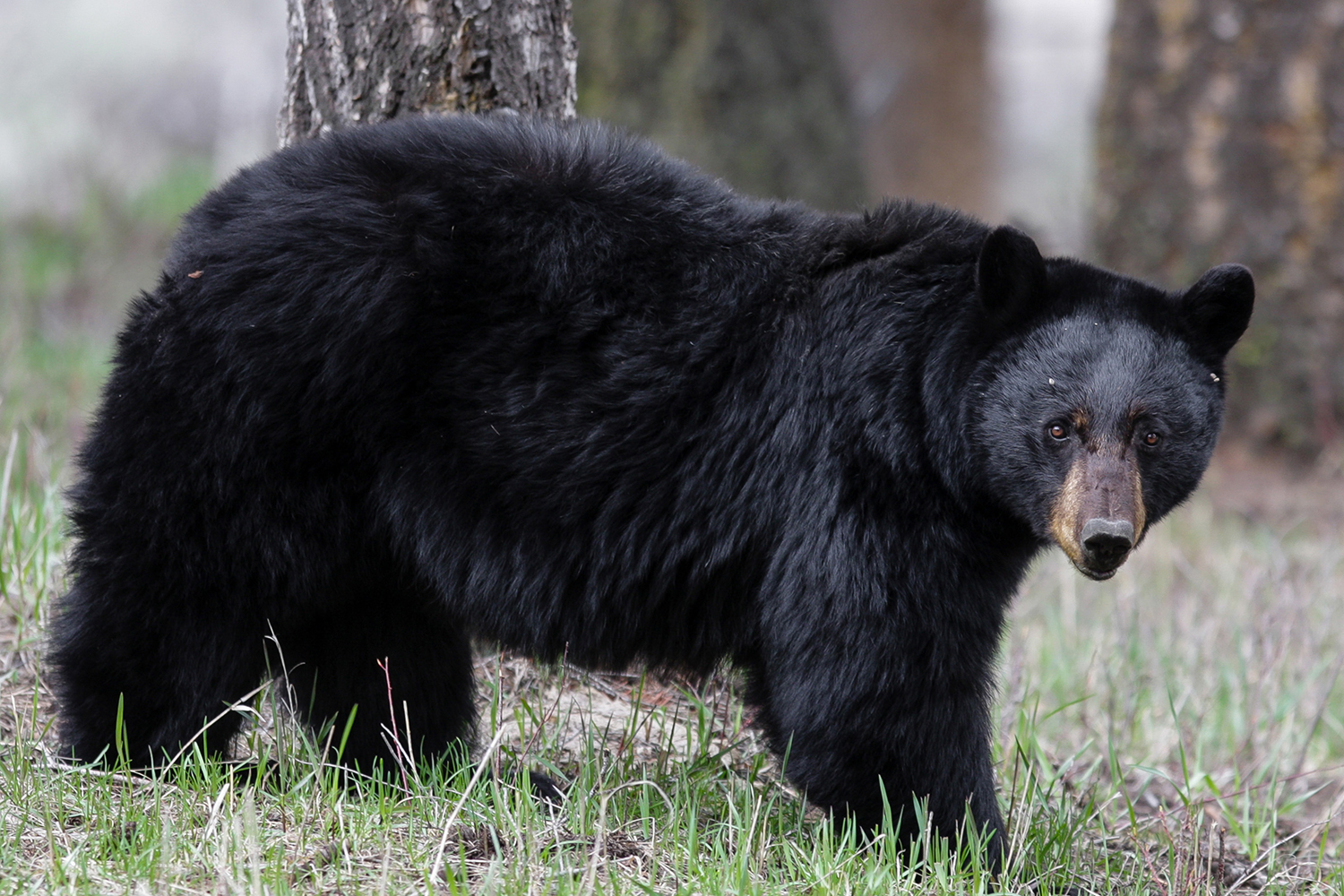
Black Bears
Outlook: Stable
For decades, grizzly bears have been making headlines in the fight over their need for federal protections. Meanwhile, the American black bear has been slowly—and in some cases not so slowly—expanding its range. Arkansas wildlife officials reintroduced the bears in the ’50s and ’60s and the state now has thousands of bears spilling into neighboring Missouri. North Carolina hunters killed 3,748 in 2020 and 3,659 in 2021. Hunters in Maine harvested 3,779 bears in 2021.
“Black bears are highly, highly adaptable,” says Mark Ditmer, a research ecologist with the U.S. Forest Service Rocky Mountain Research Station who spent years studying black bears in northern Minnesota. “When they had natural food shortages, they moved into more anthropogenic areas with food crops.”
In other words, when bears couldn’t find wild foods, they ate crops—lots of them. They ate so much corn in some areas that black bear reproduction rates went up.
They will, however, likely struggle in portions of the West and Southwest as drought makes food scarcer. Hungry bears tend to move closer to humans to look for food, which will likely cause more interactions with humans that don’t end well for bears. A paper published in Nature Climate Change in February details the increase in conflict among species like black bears as drought continues to worsen because of climate change.
But even with less food and more conflict in some areas, black bears won’t disappear, Ditmer says. They’ll likely just rely more on orchards and irrigated areas, places where diverted water creates artificial food sources. And in those parts of the country where habitat exists and plenty of rain falls? They’ll be just fine.
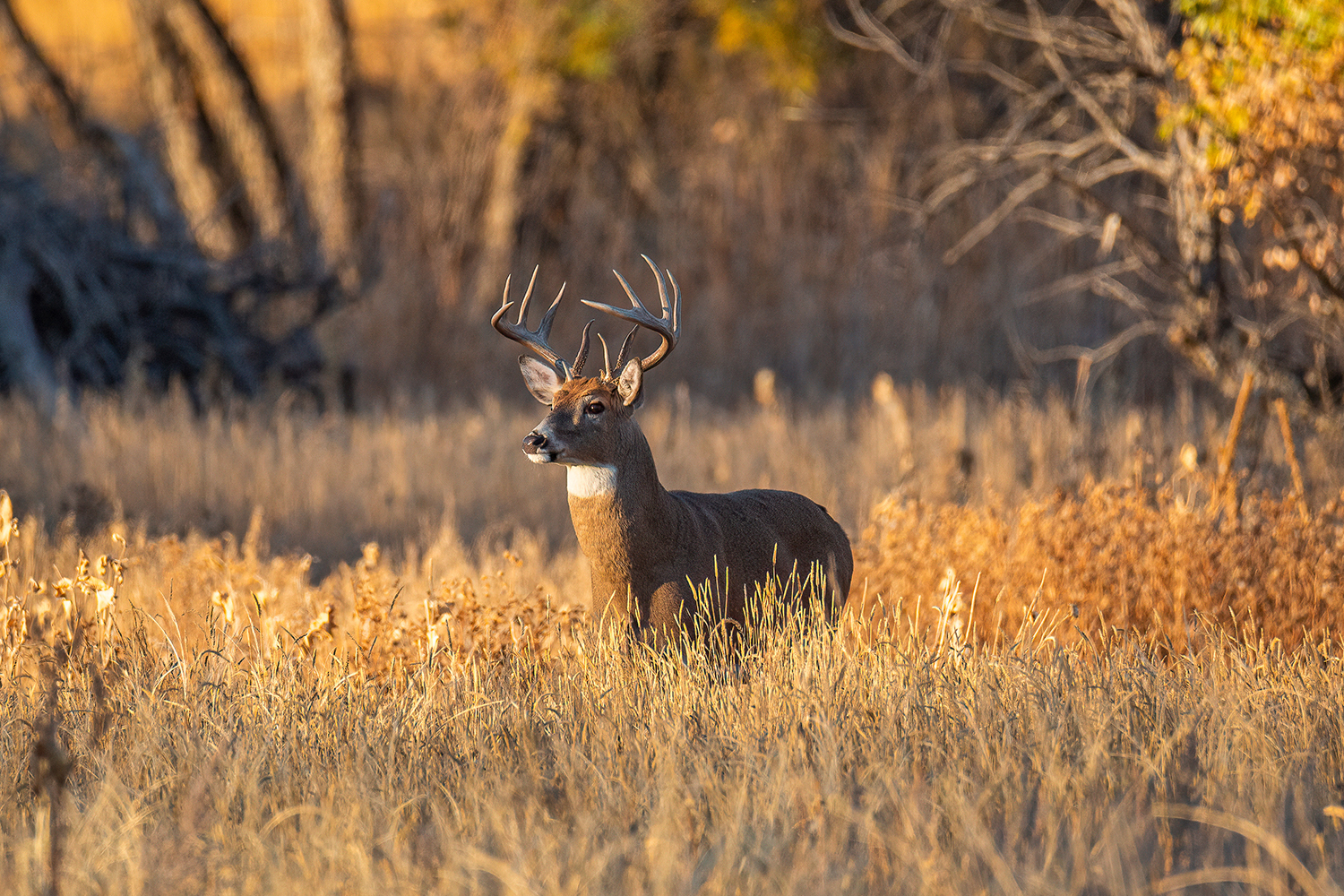
Whitetail Deer
Outlook: Increasing
For big-game species facing climate change, it’s good to be a whitetail deer. The species already dominates many of its native ranges and has been expanding into new ones. They’re expanding so far into Canada, in fact, that biologists are worried about “ecological consequences for entire biotic communities,” according to a 2020 paper published in the journal Scientific Reports.
Whitetails do well in mild winters, in dense areas, and in places where humans live. They are also able to take advantage of longer growing seasons in areas like the Midwest, East, and portions of Canada.
In a PLOS ONE paper published on the future of whitetails in the Adirondacks, authors argue that climate change will create such favorable winters for deer that managers need to mitigate the impact of disease and increased competition with moose. Fewer severe winters also means more surviving whitetails, since more of them die during hard winters, particularly in northern latitudes.
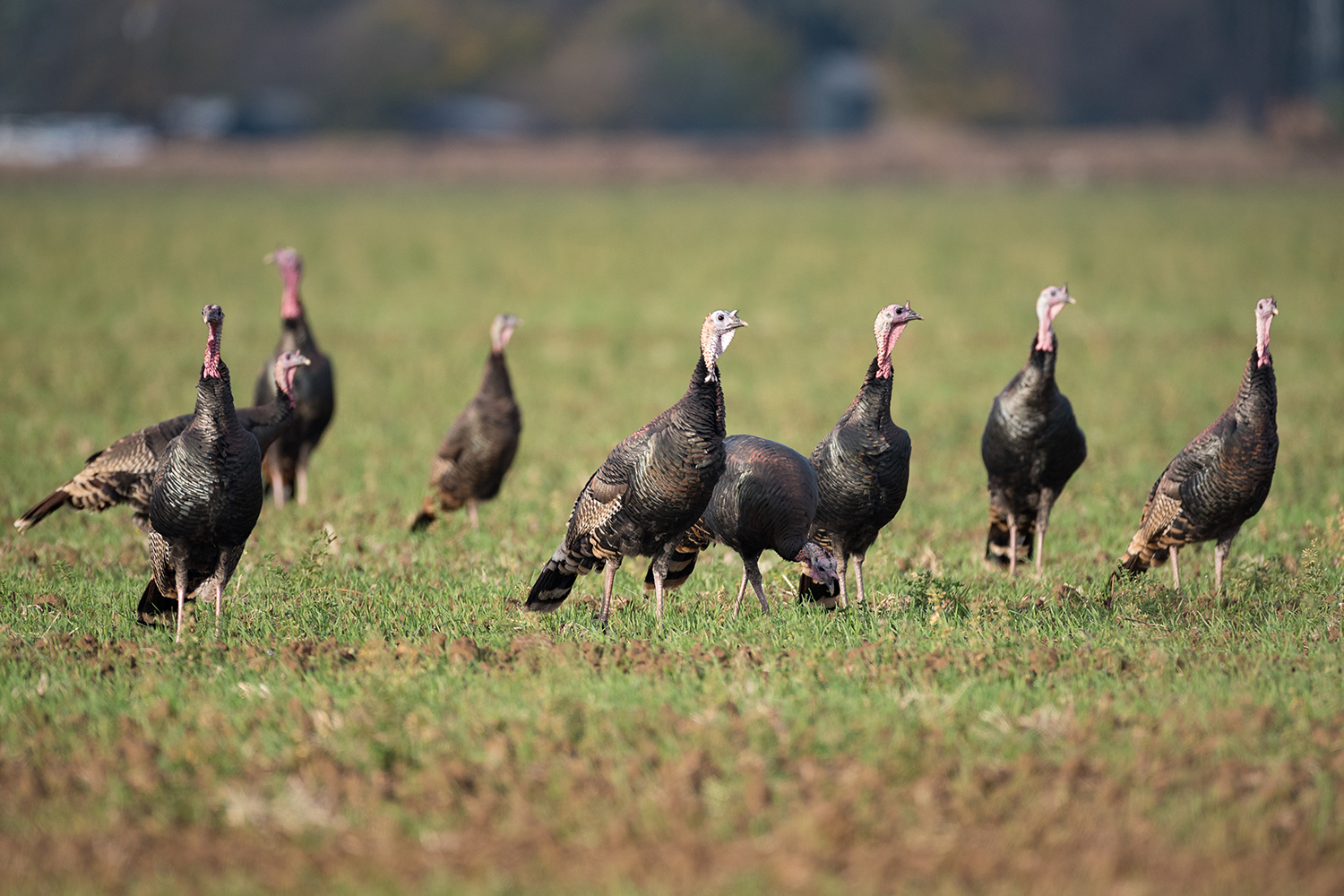
Wild Turkeys
Outlook: Varies by location
Wild turkeys are struggling. Many of their issues stem largely from habitat changes like loss of hardwood and a lack of active forest management; these hurt reproduction and create better conditions for predators (including humans).
What climate change means for turkeys is a little hard to know right now, says Michael Chamberlain, the Terrell Distinguished Professor of Wildlife Ecology and Management at the University of Georgia and a national turkey expert. But some recent work shows climate change could actually benefit wild turkeys.
“It may allow them to nest earlier in the spring as conditions warm, and earlier nests are more successful than later nests,” he wrote in an email to Outdoor Life.
Exactly how this will play out, and if it will work this way everywhere, is still unclear, but researchers are looking for answers.
“I suspect the effects will vary from one part of the species’ range to another,” he continued.
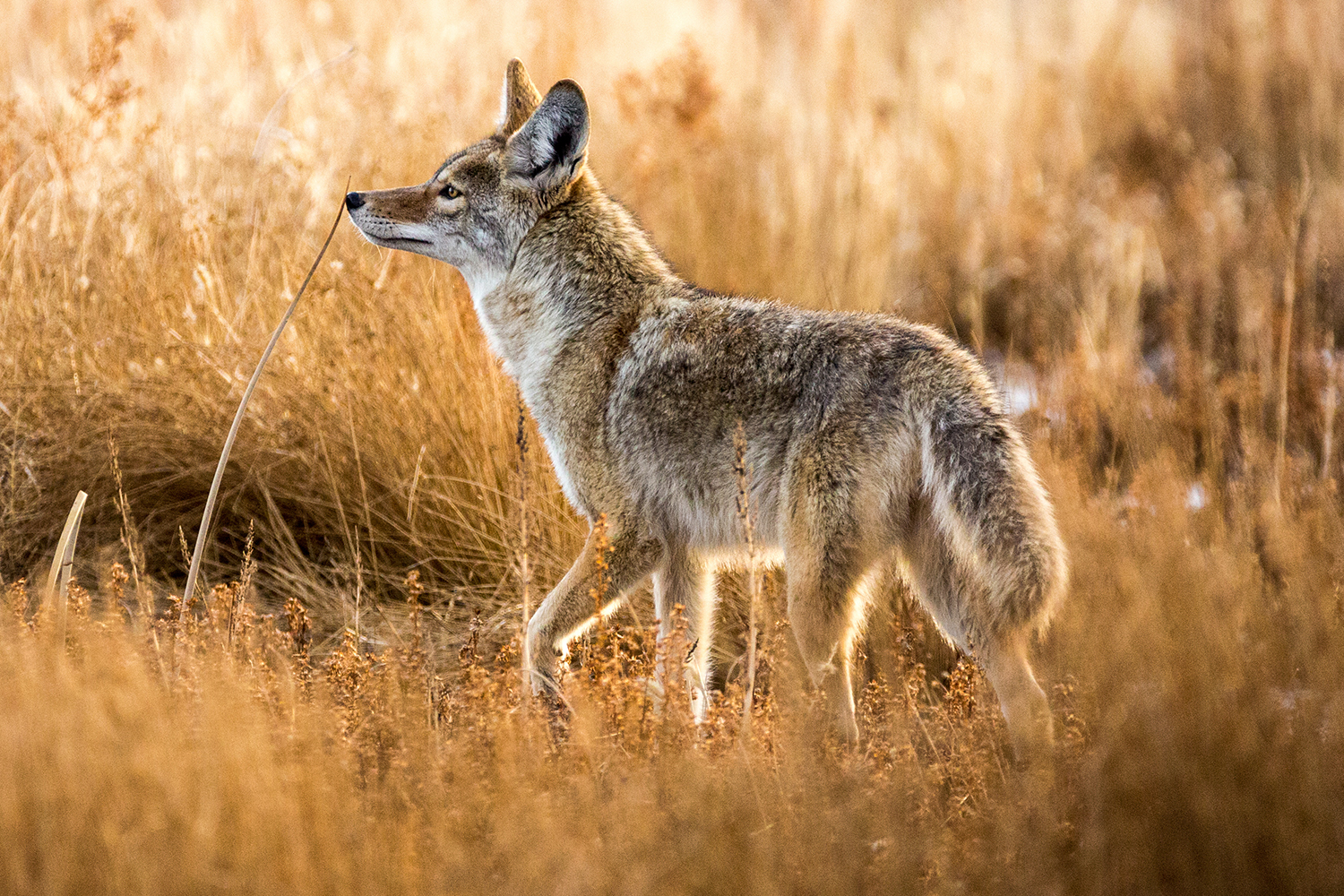
Coyotes
Outlook: Increasing
Say what you want about coyotes, but whatever the climate throws at them, they’ll probably be just fine. Coyotes have expanded their range across most of North America, often occupying areas formerly guarded by wolves. They range everywhere from the Mexican desert to the Alaskan tundra to urban areas like Chicago and New York, says Joey Hinton, a senior research scientist at the Wolf Conservation Center in New York.
“They’re the right size. They’re not too big or too small,” Hinton says. “So they can feed on deer or other large ungulates, and when those are not available, coyotes will switch to small prey and, if needed, even feed on fruit.”
Larger carnivores like wolves can eat smaller prey, but they end up expending unsustainable amounts of energy to do that.
“It’s like driving an 8-cylinder truck and stopping every 10 miles to put a little gas in the tank,” Hinton says.
And because coyotes require less food, they occupy smaller territories, which means more coyotes can live in one place. A 500-square-kilometer area, for example, could fit about 20 to 30 coyote packs but perhaps only five wolf packs. If you go in and kill a third of those predators, the wolves would suffer more than the coyotes. Coyotes would readjust, sending juveniles out into newly unoccupied spots to reestablish populations.
“Collectively, we kill the hell out of coyotes,” Hinton says. “They are better adjusted to human-caused mortality than wolves are.”
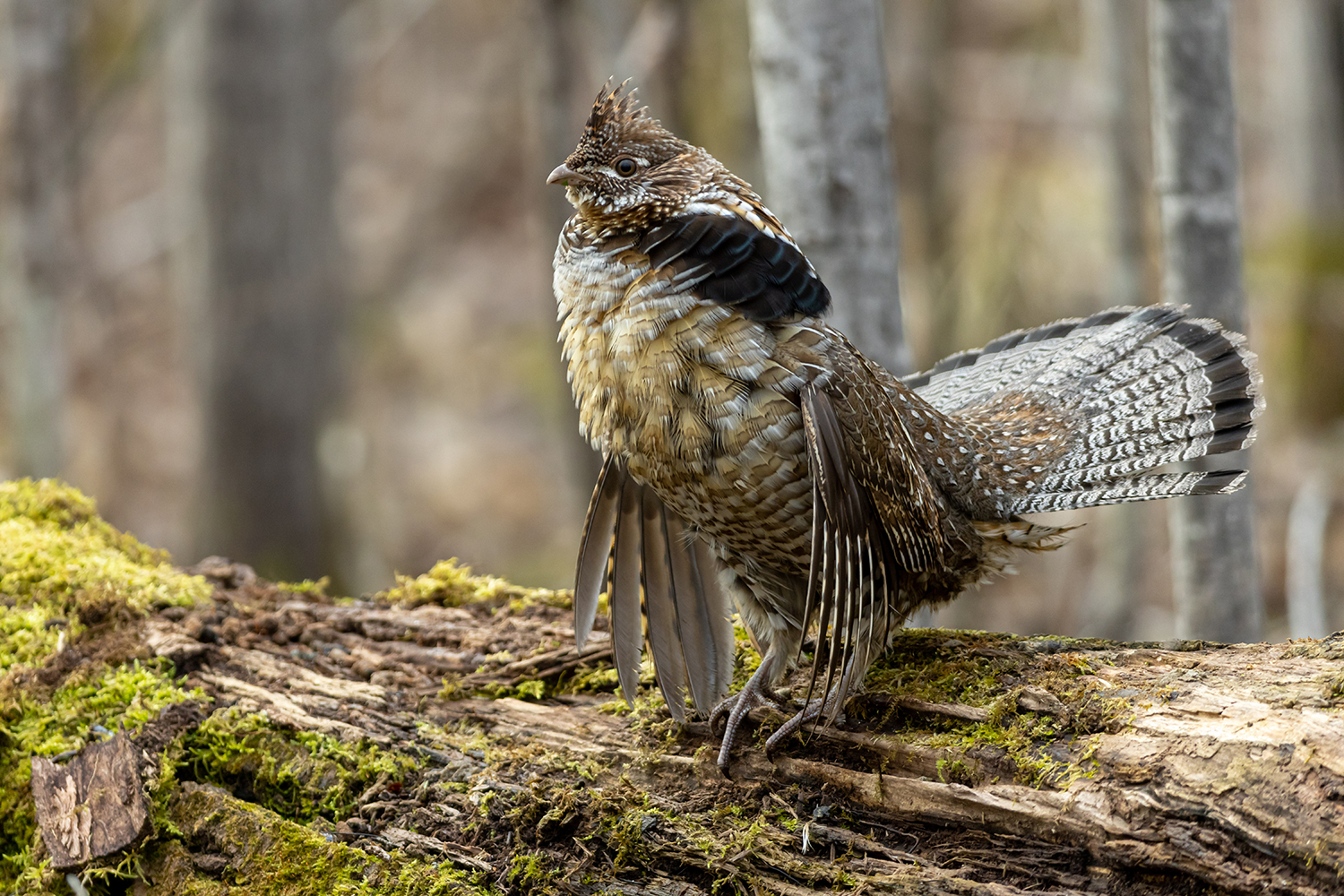
Ruffed Grouse
Outlook: Declining
Ruffed grouse have declined between 50 and 70 percent across their entire range in the last few decades, says Benjamin Jones, CEO of the Ruffed Grouse Society and American Woodcock Society. They’re listed as a species of greatest conservation need in 19 state wildlife action plans.
To survive, ruffed grouse need access to high-elevation forests of varied ages—everything from relatively new, young forests where they can spend time in fall and winter to old forests where they can nest in spring. Much of their range across the country’s eastern and midwestern forests is now single-age forests. Those can be fixed, Jones says. It’s hard work, but active forest management can bring back mixed ages.
Warming temperatures are also a big concern, creating a welcome environment for the Culex mosquito, which carries the deadly West Nile virus, which ruffed grouse are particularly susceptible to. As warming increases, so do Culex populations, and they head deeper into grouse range and higher into the mountains until ultimately, Jones fears, there will be nowhere else for ruffed grouse to retreat to.
“There’s hope that grouse can persist where there’s good habitat and that habitat is well-connected,” Jones says. “But it’s for naught if the current climate projections go as they are.”
Read more OL+ stories.
